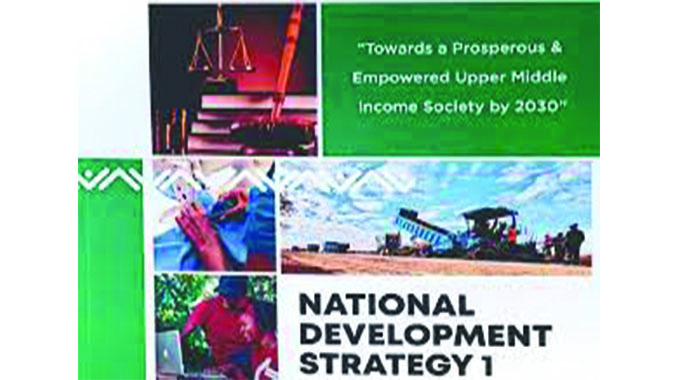
The Sunday News

Vincent Gono, News Editor
ZIMBABWE has set itself on course to achieve food self-sufficiency through high impact initiatives in the agriculture sector with 12 dams constructed to drive economic growth with a particular focus on enhancing nutrition, income generation and rural agro-industry development.
The target is to put 350 000 hectares of land under irrigation by end of next year as well as promote fisheries. In fulfilment of that vision, the country under the Second Republic has pursued dam construction project with vigour with 12 dams having been constructed so far, either starting from scratch or completed, where each dam is supposed to support agricultural activities and ensure food security for the country.
Speaking to the Sunday News in an interview, Deputy Minister for Lands, Agriculture, Fisheries, Water, Climate and Rural Resettlement Vangelis Haritatos said there were milestone achievements in the area of dam construction by the Second Republic that never existed before.

Deputy Minister Vangelis Peter Haritatos
He said the country was pursuing food security initiatives to counter food insufficiency and malnutrition at community level as well as assist vulnerable communities to get income through agro-industries. He said 10 dams were under construction and three have been completed so far and were awaiting commissioning.
“We have more than 10 dams that are being constructed in the country. Three have already been completed and one of them will be commissioned by the President in the coming weeks. We have so far completed dams such as Chivhu, Muchekeranwa in Marondera and Marovanyati in Buhera. Other projects such as the massive Gwayi-Shangani in Matabeleland North Province which has a capacity to irrigate 10 000ha and Tuli-Manyange in Matabeleland South are at varying levels of construction but let me hasten to say that all the dams are being constructed with irrigation in mind. The target is to have 350 000 hectares of land under irrigation so that we achieve food security and develop our rural communities through income generated from agriculture. We believe that the irrigation alliance between the Government and the private sector will be able to positively contribute to this target,” said Deputy Minister Haritatos.
He said the Government was mindful that increased agriculture production and productivity, especially by smallholder farmers would ensure food and nutrition security, enhanced income, increase opportunities for value addition and the development of agro-business value chains.

Irrigation system
“The process of enhancing agricultural productivity and production is anchored in sustainable production systems. We are therefore focusing on enhancing the resilience of social-ecological systems through upscaling and expediting irrigation rehabilitation and expansion as well as utilising existing and new water bodies,” he added.
The Government, he said, was focusing on climate smart agriculture through adoption of conservation agriculture techniques and principles such as Pfumvudza/Intwasa whose positive results were there for everyone to see. The country has continued to target expanding irrigation development and water harvesting for enhanced agriculture production and productivity, targeting over 350 000 ha during the subsistence of the National Development Strategy 1 (NDS1).
Among other dams, the NDS1 identifies Tugwi-Mukosi, Gwayi-Shangani, Marovanyati, Osborne, and Zhove dams as part of the dams earmarked for continued irrigation development. The economic blueprint also makes mention of the 35 000 boreholes that are already in the process of being drilled as part of strategies to enhance water supply for rural economy activation.
“These are massive projects, which when complete will climate proof Zimbabwe agriculture and will mitigate the impact of drought as communities will be able to grow crops all year round,” said Deputy Minister Haritatos.

National Development Strategy 1 (NDS1)’
He said the agricultural sector, was responsible for feeding the nation and providing livelihoods to 67 percent of the country’s population in rural areas, adding that the sector was vital for recovery and growth of the economy. The response by the Government has been spurred by the realisation that there were many factors that were driving food insecurity in the country include among others, natural shocks, low skills and knowledge base of farmers, shortage of inputs, low levels of mechanisation, reliance on rain-fed agriculture, limited access to market information and marketing facilities, limited access to finance and limited security of tenure.
These factors militated against the country’s capacity to produce sufficient cereal to meet national consumption requirements and the gap has been met through importing, putting a strain on already limited foreign currency. Through the various initiatives provided for in the NDS1 and already being pursued by the Government, it has moved mountains in efforts to ensure that the country retains its regional breadbasket status by increasing maize production from 907 629 tonnes in 2020 to 3 million tonnes by 2025 and beef production from 49 115 tonnes in 2020 to 110 000 tonnes by 2025 which Deputy Minister Haritatos said was achievable.



